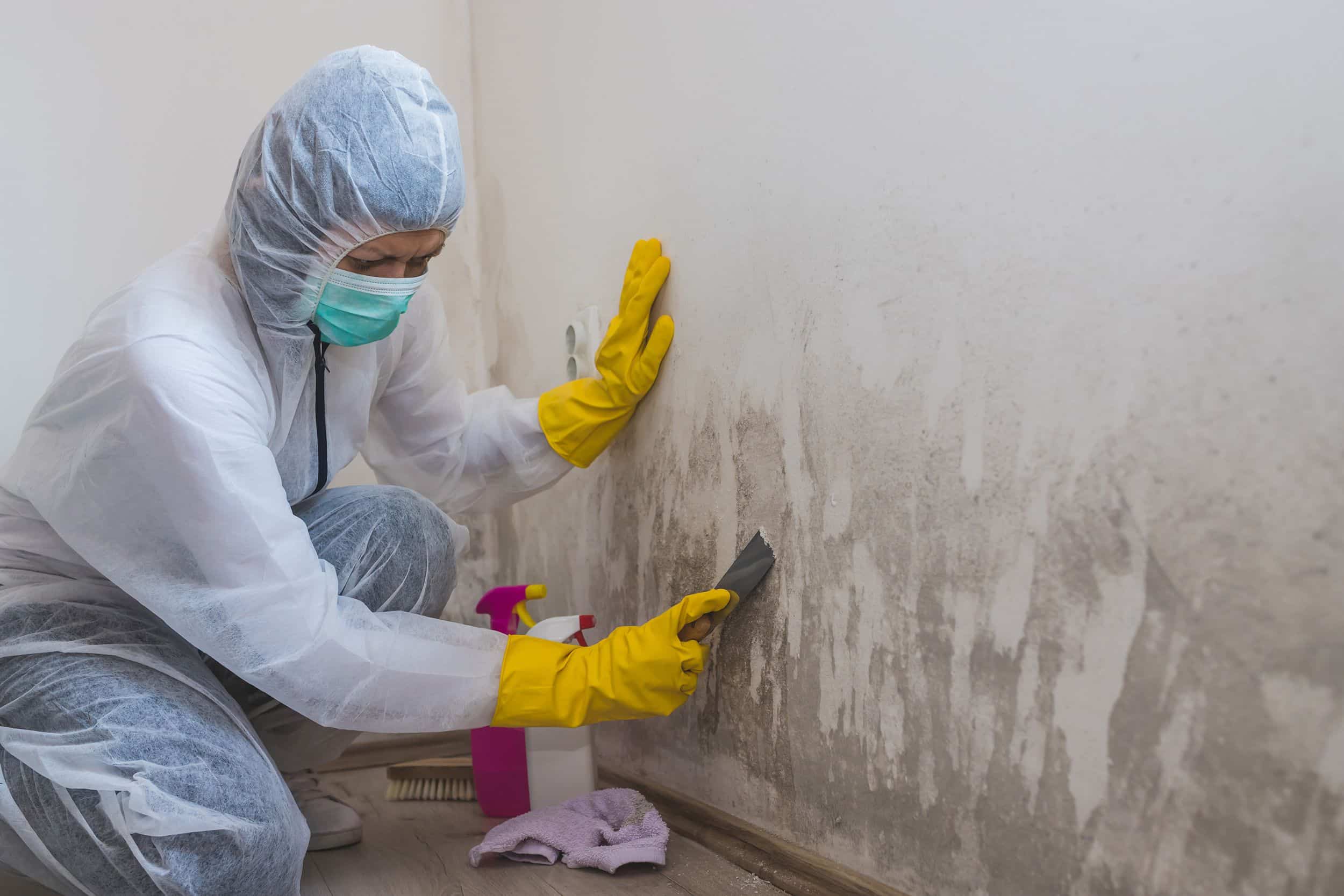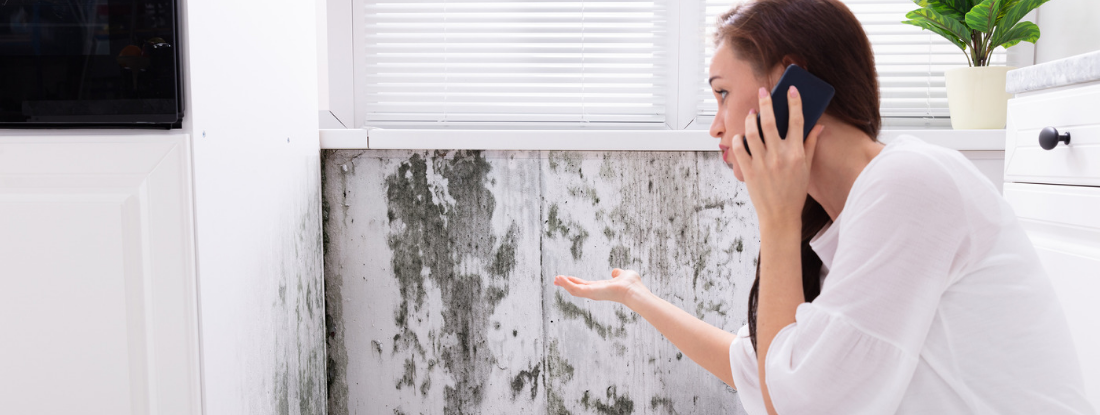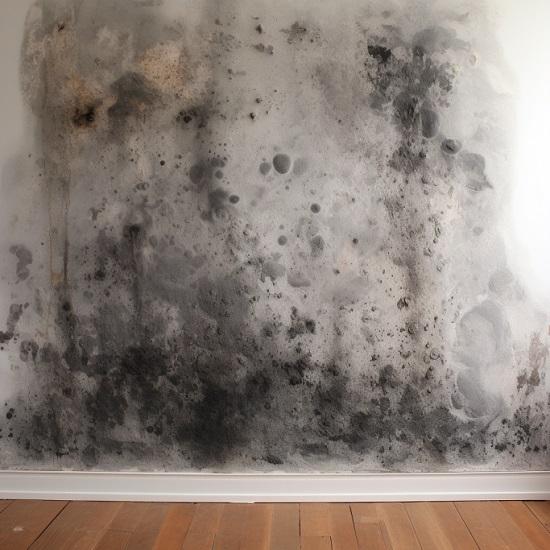Support on What to Do After Mold Remediation
Support on What to Do After Mold Remediation
Blog Article
Your Ultimate Overview to Message Mold Remediation Methods
In the aftermath of mold and mildew invasion, knowing exactly how to properly eradicate the mold and stop its reoccurrence is critical for preserving a healthy and balanced interior environment. From selecting the ideal cleansing and decontaminating techniques to carrying out approaches for long-term mold prevention, each step in the remediation journey plays a critical function in making sure a successful outcome.
Understanding Post-Mold Remediation Refine
After completing the mold and mildew removal procedure, it is important to comprehend the post-mold remediation methods that are essential to make sure a complete and reliable cleanup. Once the mold has actually been gotten rid of, the following action includes cleaning and disinfecting the affected areas to stop any regrowth of mold. This consists of utilizing specialized cleaning agents to clean down surfaces and eliminate any type of staying mold spores. It is important to dry out the location entirely to inhibit the growth of mold in the future (Post Mold Remediation Report). Appropriate air flow and dehumidification can help in this procedure.
Additionally, conducting a last assessment post-remediation is vital to make certain that all mold has been effectively removed. If the inspection reveals any type of sticking around mold and mildew, additional remediation might be essential.
Efficient Cleaning and Decontaminating Approaches

Avoiding Future Mold And Mildew Development

Relevance of Proper Ventilation
Proper air flow plays a vital function in stopping moisture build-up, an essential factor in mold development within indoor environments. Effective air flow systems aid remove excess moisture from the air, minimizing the chances of mold spores locating the wetness they need to sprout and spread. Without adequate air flow, indoor spaces can end up being a reproduction ground for mold, bring about prospective health and wellness threats and architectural damage.
By making sure correct air flow, air flow systems can also help in drying damp areas quicker after water damage or flooding cases, additionally preventing mold and mildew development. Post Mold Remediation. In areas like washrooms, visit the site cellars, kitchens, and attic rooms where moisture levels have a tendency to be greater, setting up and preserving efficient ventilation systems is essential in avoiding mold problems

Surveillance and Upkeep Tips
Offered the essential role that appropriate air flow plays in protecting against mold growth, it is critical to establish efficient tracking and maintenance pointers to make sure the continued functionality of air flow systems. Routine assessments of ventilation systems ought to be performed to check for any type of indications of obstructions, leakages, or malfunctions that could restrain correct air movement. Surveillance humidity levels within the property is also critical, as high moisture can add to mold growth. Setting up a hygrometer can help track humidity levels and sharp property owners to any spikes that might call for interest. Additionally, guaranteeing that air filters are consistently cleansed or replaced is important for maintaining the effectiveness of the air flow system. Applying a schedule for regular maintenance tasks, such as removable molding duct cleaning and cooling and heating system inspections, can aid stop concerns before they rise. By remaining attentive and aggressive to the condition of ventilation systems, home owners can effectively reduce the danger of mold and mildew regrowth and keep a healthy interior setting.
Final Thought
To conclude, post-mold removal strategies are essential for making sure a secure and clean setting. Comprehending the procedure, executing effective cleaning and disinfecting approaches, preventing future mold and mildew development, maintaining correct air flow, and routine surveillance are all important action in the remediation process. By following these standards, you can effectively remove mold and stop its return, advertising a healthy and balanced living or functioning space for all owners.
In the after-effects of mold and mildew invasion, recognizing exactly how to effectively remove the mold and stop its reoccurrence is vital for preserving a healthy and balanced interior atmosphere. As soon as the mold has been removed, the next step involves cleansing and decontaminating the influenced locations to protect against any type of regrowth of mold - what to do after mold remediation. After eliminating visible mold and mildew development, it is important to cleanse all surface areas in the afflicted area to remove any staying mold spores. To additionally boost mold avoidance measures, it is important to attend to underlying problems that originally led to mold and mildew development.Given the important function that proper air flow plays in stopping mold development, it is crucial to develop effective monitoring and maintenance pointers to guarantee the ongoing performance of ventilation systems
Report this page